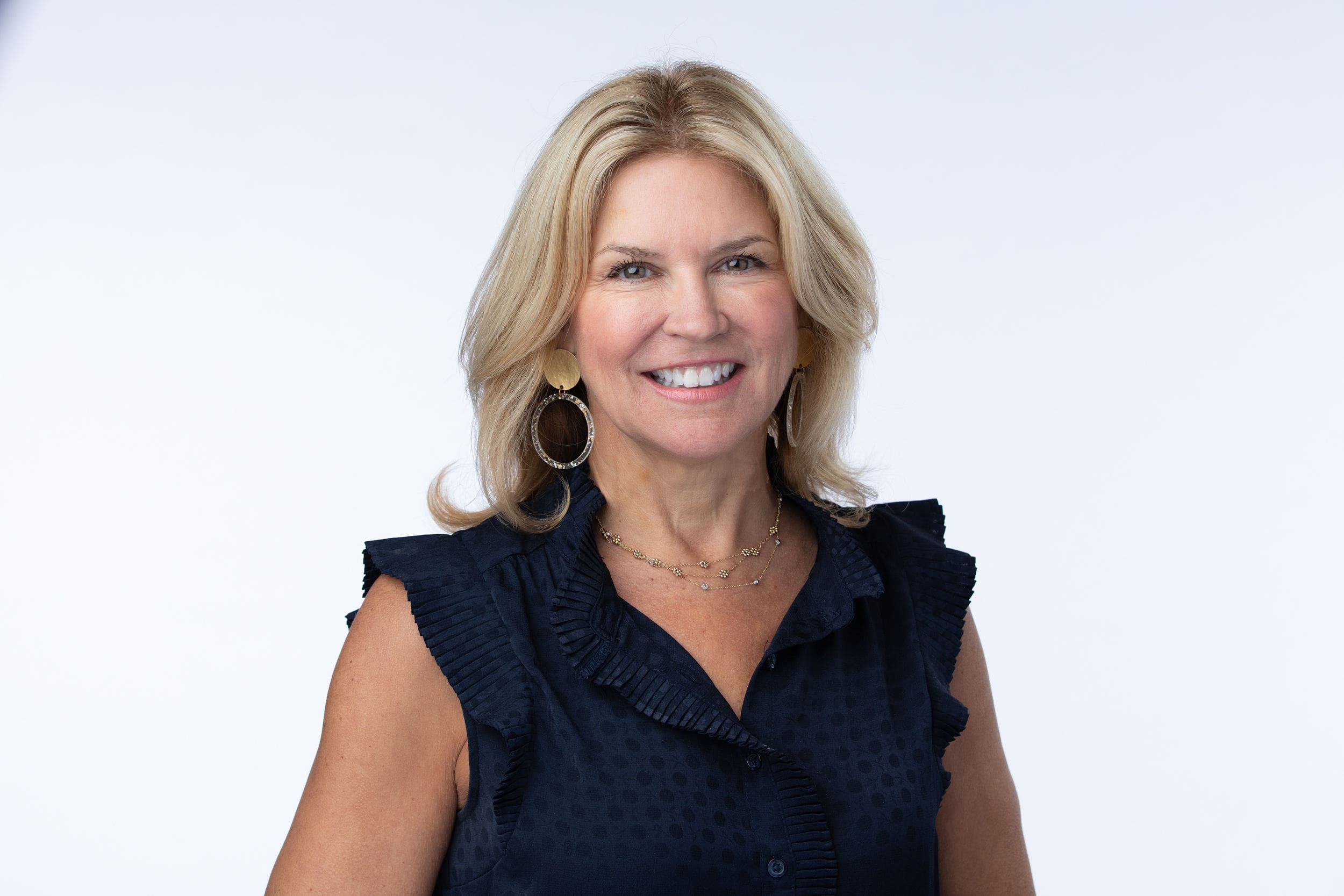Blueberries and green beans added to EWGs dirty dozen list for 2023
 It’s important to reduce the amount of pesticides in food that you and your children are exposed to. One way to do that is to be aware of the amount of pesticides that may be on the fruits and vegetables you buy.
It’s important to reduce the amount of pesticides in food that you and your children are exposed to. One way to do that is to be aware of the amount of pesticides that may be on the fruits and vegetables you buy.
Thirty years after a National Academies of Sciences study warning of the dangers posed to children from pesticides, 75 percent of non-organic fruits and vegetables sold in the United States still contain potentially toxic agricultural chemicals, according to the Environmental Working Group’s “2023 Shopper’s Guide to Pesticides in Produce.”
This year, blueberries and green beans join the Dirty Dozen, the guide’s listing of the 12 non-organic, or conventionally grown, fruits and vegetables with the highest amounts of pesticides, based on federal agencies’ tests. Some of the pesticides detected have been banned in the U.S. or Europe because of concerns about how they harm people.
“Despite the abundance of science linking exposure to pesticides with serious health issues, a potentially toxic cocktail of concerning chemicals continues to taint many of the non-organic fruits and vegetables eaten by consumers,” said Alexis Temkin, Ph.D., EWG toxicologist.
The Shopper’s Guide compiles EWG’s analysis of the latest fruit and vegetable testing data from the U.S. Department of Agriculture and Food and Drug Administration. The 2023 edition includes data from 46,569 samples of 46 fruits and vegetables, covering 251 different pesticides.
In addition to the Dirty Dozen, the guide includes the Clean Fifteen, EWG’s list of the fruits and vegetables with very low or no traces of pesticides.
“Everyone – adults and kids – should eat more fruits and vegetables, whether organic or not,“ Temkin said. “A produce-rich diet provides many health benefits.
“But in the ongoing absence of meaningful federal oversight, consumers concerned about pesticide exposure can use EWG’s Shopper’s Guide to Pesticides in Produce to navigate the produce aisle in ways that work best for them and their families,” he said.
EWG recommends that consumers buy organic versions of Dirty Dozen produce and choose either conventionally grown or organic versions of Clean Fifteen items.
Blueberries and green beans
Both blueberries, No. 11, and green beans, No. 12, on this year’s Dirty Dozen list had concentrations of organophosphate insecticides, pesticides that can harm the human nervous system. Nine out of 10 samples of each of the foods had residues of pesticides – with some showing traces of up to 17 different pesticides.
Nearly 80 percent of blueberry samples had two or more pesticides. Phosmet was detected on more than 10 percent of blueberry samples and malathion on 9 percent. Both are organophosphates that are toxic to the human nervous system, especially children’s developing brains. In 2015, malathion was classified as probably carcinogenic by the International Agency for Research on Cancer.
More than 70 percent of green beans had at least two pesticides, with a combined 84 different pesticides found on the entire crop. Six percent of samples showed residues of acephate, a toxic pesticide the EPA banned for use on green beans more than 10 years ago. Green beans also had traces of several pesticides banned in the European Union but allowed in the U.S.
The health risks posed by pesticides
Many pesticides pose health dangers to people including cancer, hormone disruption, and brain and nervous system toxicity.
Most pesticide residues found by the USDA and FDA fall below government limits and are legal. But legal limits don’t always indicate what’s safe for human consumption, Temkin said.
Children are especially vulnerable to many of the health harms associated with pesticide exposure. The American Academy of Pediatrics recommends parents concerned about their children’s exposure to pesticides consult EWG’s Shopper’s Guide.
So, get the Shopper’s Guide and print out a list of the Dirty Dozen and Clean Fifteen to take with you when you shop for groceries. It’s especially helpful when you can’t find the organic fruits and vegetables you have on your shopping list at the store where you usually buy groceries, but you don’t want to go to another store. You can pick a fruit or vegetable from the Clean Fifteen list.
Originally Published on https://boomersurvive-thriveguide.typepad.com/the_survive_and_thrive_bo/




























Already a Member? Login Here.
Not Yet a Member? Join the Conversation Today!